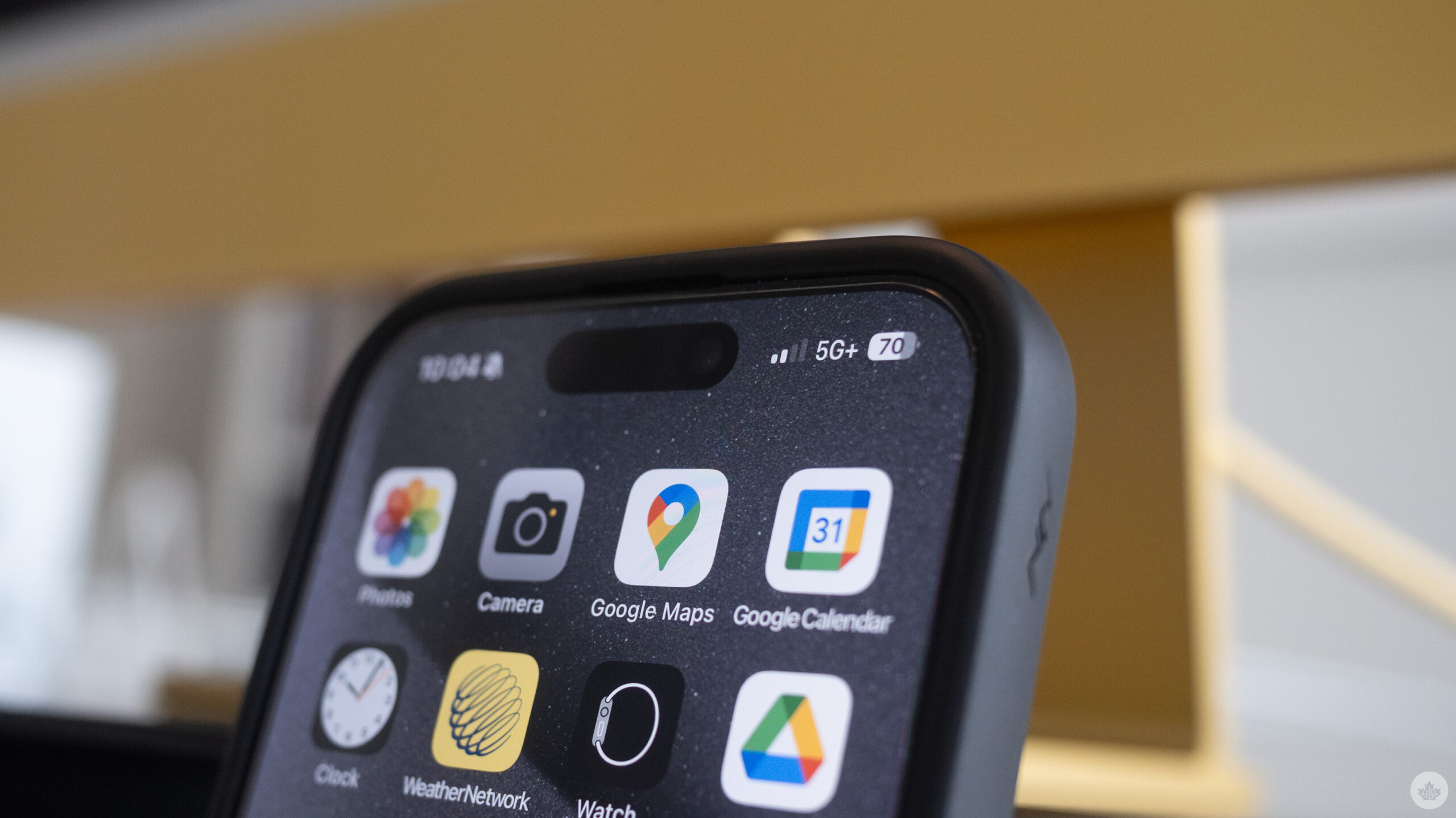
Statistics Canada changed the way it tracks wireless prices as part of an effort to more accurately capture what Canadians are actually paying.
As detailed by the Canadian Press, the agency is shifting from using web-collected data on the advertised cost of plans to using actual sales data from participating wireless companies. The shift should help Statistics Canada better reflect what prices Canadians actually pay.
Those interested can read more about Statistics Canada’s new methodology here.
A long-standing criticism of the agency’s old method was that it only showed shifts in newly advertised plans, which might be cheaper due to ongoing deals and promotions or other factors. Moreover, many Canadians are likely in a contract with their carrier and could be locked into a higher price than what’s advertised on a provider’s website. For example, wireless providers often charge less for bring-your-own-phone (BYOP) plans, but customers looking to get a phone on a contract with a carrier will end up paying more for their wireless service and additional fees for the phone.
Another indicator has been carriers’ average revenue per user (ARPU), which has remained fairly consistent in the $50-$60 range over the last several years across major brands like Rogers, Bell, and Telus. The consistent ARPU reporting suggests that Canadians aren’t paying less on average, even though Statistics Canada has repeatedly reported that wireless prices are falling.
There are other factors at play, like that what’s included in plans has changed, meaning plans might offer more value at a similar price point. For example, many new plans have large data buckets, leading to a reduced cost per gigabyte of data, even though prices might not have changed as much. In a similar vein, many wireless providers started offering plans with bonuses like Canada/U.S. calling — again, increased value but not necessarily a price reduction.
Ultimately, it remains to be seen how Statistics Canada’s new approach to documenting wireless pricing works out. The agency encouraged caution when interpreting year-over-year changes for the next 12 months following the change since the new data won’t be very comparable to previous reporting. Hopefully when the dust settles, the agency can offer a more accurate picture of what Canadians pay and how prices shift over time.
Statistics Canada reported on Tuesday that the price for cellular services was down 12.8 percent in August compared to the same time a year earlier.
As usual, MobileSyrup’s recommendation for saving money on your wireless bill is to shop BYOP plans, especially from smaller brands and during holiday sales events. Avoid getting a phone on contract and switch providers frequently to make sure you’re getting a good deal.
Source: The Canadian Press, Statistics Canada
MobileSyrup may earn a commission from purchases made via our links, which helps fund the journalism we provide free on our website. These links do not influence our editorial content. Support us here.


